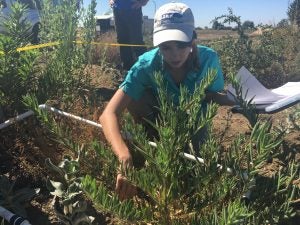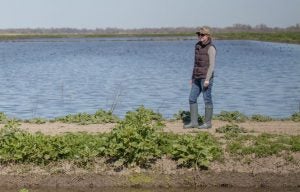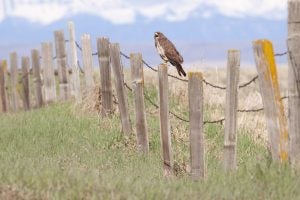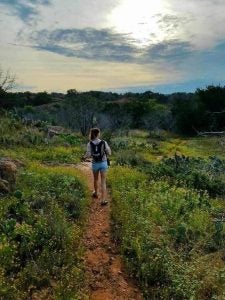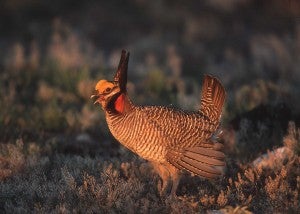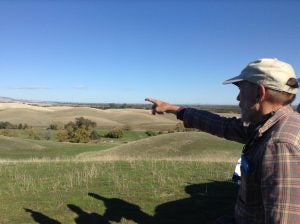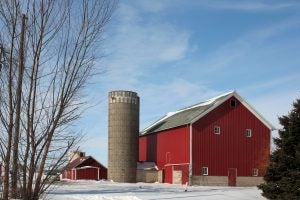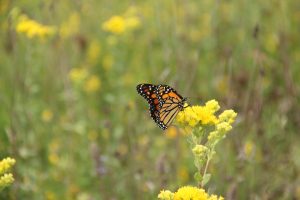
Monarch populations have declined by 90 percent in the past two decades due, in large part, to the loss of milkweed across the Midwest.
Once again, summer has brought the highly anticipated sightings of monarch butterflies across the country. An online tracker from Journey North shows the beloved orange and black butterflies fanning across the Northeast and Upper Midwest, where the eastern population is completing its northern migration. I spotted a monarch in Missouri just last week.
It’s a wonderful sight and an inspiring reminder of the monarch’s magical migration. But the opportunity to witness this natural miracle is dwindling. Over the last two decades, the monarch population has declined by 90 percent, bringing the butterfly dangerously close to extinction.
There are many factors contributing to this devastating loss, from climate change to deforestation. But a major contributor is the loss of milkweed habitat across the U.S., particularly in the Midwest where native prairies have largely been converted for agricultural use. Monarchs need milkweed to lay their eggs – eggs that turn into caterpillars that feed exclusively on the milky plants. So how do we restore this vital milkweed habitat where monarchs need it the most? Read More










